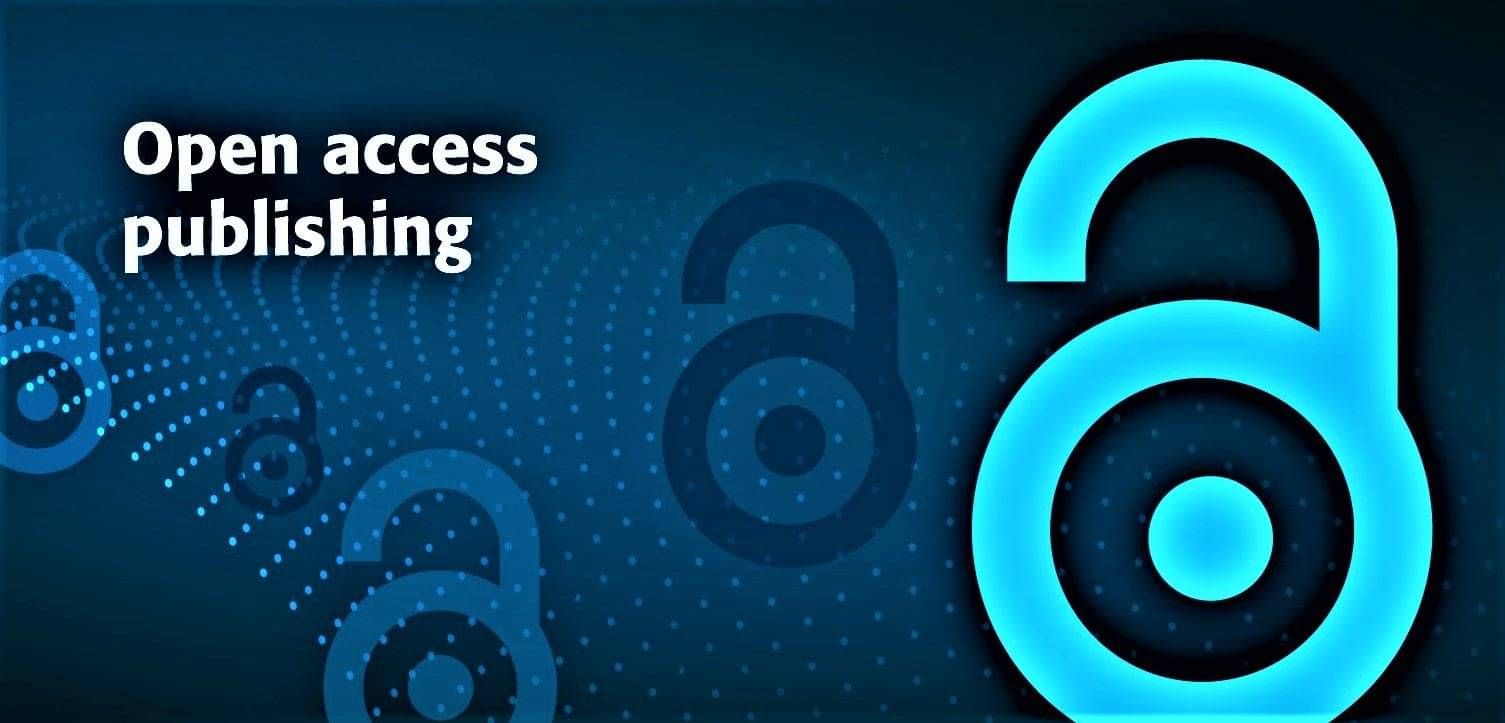
Matters of professional identity, politics, research, and the Journal
Cite: Ebrall P. Matters of professional identity, research, and the Journal [Editorial]. Asia-Pac Chiropr J. 2020;1.2:online only. URL https://apcj.rocketsparkau.com/editorial--ebrall-october-2020/
Trapezius fibre muscle analysis: A pilot inter/intra-examiner reliability study
Abstract: This paper is an evidence-based report of DeJarnette’s ‘trapezius fibre technique.’ DeJarnette describes that the palpation of the trapezius muscle begins at the lateral border of T1 and moves out laterally in 7 equally spaced steps to finish at the acromioclavicular junction. The relationship between a palpated nodule and its causative vertebrae is documented in chart-form. The indicated thoracic or lumbar vertebrae shows irritation or off-centering on digital palpation That vertebra is designated as the one causing the greatest stimulation of the trapezius muscle. Inter- and intraexaminer reliability was determined in this study with a cohort N=36 Australian chiropractors trained (advanced certification in Sacro Occipital Technique) and experienced (m=12y, R=r=12-34y) in the application of the trapezius fibre technique. In 72% (26/36) of cases there was at least one nodule/no nodule located by at least two examiners. The reliability of the examiners in so far as they could detect the same nodule on all three occasions was impressive and far greater than the inter-examiner reliability. Indeed there were 10 out of the 18 occasions where the one nodule was identified on all three occasions. We conclude that the examiners were relatively able to reliably detect nodules in the trapezius muscle.
Indexing Terms: subluxation; Sacro Occipital Technique; trapezius fiber/fibre; DeJarnette; spondylogenic reflex syndrome; conventional chiropractic.
Note: You may use this case as an element within your Continuing Professional Learning - see here
Cite: Cashman S, Blum C. Trapezius fibre muscle analysis: A pilot inter/intra-examiner reliability study. Asia-Pac Chiropr J. 2020;1.2:online only. URL https://apcj.rocketsparkau.com/trapezius-fibre-technique--casham-and-blum/
Noxious Somato-Autonomic reflex influence upon smooth muscle: Its integration with vascular tone and perfusion. A review.
Abstract: This paper is a review of some of the recognised physiological changes brought about by disruption of vascular perfusion due to noxious activation of somato-autonomic reflexes. Observations based on somatovascular reflexes are offered for considerationData Source: Primary data sources included Medline, accessed via PubMed, and the Index to Chiropractic Literature (ICL). Secondary material was sourced from the private collection of the authors. Acceptability criterion focussed on noxious somato-autonomic reflex activity as it related to smooth muscle. A considerable amount of the reference base is from medical literature. This concept has taken that material as the base upon which the hypothesis is founded. Data Synthesis: Smooth muscle is widespread through blood and lymphatic vessels, as well as in sphincters, ducts, and particularly in hollow vessels such as the gastrointestinal tract. The site or segmental level initiating noxious activation is central to this model. Results: There is potential for chronic somatic irritation to activate smooth muscle contraction (or indeed dilation) resulting in possible diminution of circulatory supply of vascular constituents with the possibility of an ischemic effect leading to functional changes in the supplied structures. Conclusion: One of the primary sources of noxious somatosensory bombardment is from disturbed mechanoreceptors associated with vertebral segments, particularly the articular facets. This is apparent with major trauma, but even subliminal activation from disturbed vertebral mechanics is thought to be a common factor. This appears to be the first time such an hypothesis has been put forward. It may however serve as one of the factors in explaining some of the more obscure symptoms and signs that are reported in chiropractic clinical studies.
Indexing Terms: Autonomic nervous system; smooth muscle, Somato-Autonomic reflexes; vertebral subluxations; chiropractic.
Cite: Rome P, Waterhouse JD. Noxious Somato-Autonomic reflex influence upon smooth muscle: Its integration with vascular tone and perfusion. A review. Asia-Pac Chiropr J. 2020;1.2:online only. URL https://apcj.rocketsparkau.com/noxious-somato-autonomic-reflex-influence-upon-smo/
Clinical efficacy of Guasha Therapy for shoulder pain.
Abstract: Traditional and alternative forms of medicines have been utilized in the Philippines long before the wide-spread use of pharmaceutical products. This is not limited to the use of herbal plants, but is also involved in the growing scope of the alternative medicines including the guasha therapy, acupuncture, ventosa, chiropractic medicine and taping medicines. This study aims to determine the clinical efficacy of the Philippine carabao horn used in guasha therapy in reducing the level of shoulder pain experienced by the athletes of University of Makati as compared to the use of spoon for the spoon therapy. Guasha therapy can be applied to virtually any part of the body; however, there are certain strokes for each muscle and joint for it to become effective. The guasha therapy has gained popularity in the recent years, but there is paucity of studies and evidences of its use. The limited information available on the guasha therapy suggests improved function and decrease in the level of pain. Guasha therapy appears to have been proven effective and useful in other countries, despite these, the Philippines still lack knowledge, researches and clinical trials about the therapy. Scraper tools from other countries are made up of ceramic plates, jade and ox horn. As observed by the researcher these raw materials are composed of protein called the keratin. The researcher performed a thorough study to find a material that is closely related to the composition of other scraper tool, wanting to utilize the available raw materials in the Philippines, the researcher decided to use the Philippine carabao horn.
Indexing Terms: Guasha Therapy; carabao horn; community health; Philippines.
Cite: Santos E. Clinical efficacy of Guasha Therapy for shoulder pain. Asia-Pac Chiropr J. 2020;1.2:online only. URL https://apcj.rocketsparkau.com/guasha-therapy--santos/
American Chiropractic Association’s Participation in Choosing Wisely: Close inspection shows no evidence to support its anti-imaging points 1 and 2.
Abstract: Recently, the American Chiropractic Association (ACA) joined the Choosing Wisely initiative which encourages participating societies to identify 5-10 tests, treatments or procedures that are perceived as commonly overutilized within their healthcare discipline. The goal is to educate patients and doctors of specific practices to question and limit their use. The ACA created their list of five strategies by an internal committee that was then approved by the ACA board of governors. The first two strategies include avoiding X-rays: Point 1 is to not X-ray a patient presenting with acute low back pain within 6-weeks of onset; Point 2 is to not perform repeat imaging to monitor patients’ progress. It has recently been illustrated how this initiative has backfired causing insurance companies to use the ACA’s list as profession guidelines per se, to limit financial reimbursements to chiropractors. It has also been pointed out that these two points are not evidence-based, the chiropractic and spine rehabilitation literature is profuse with high-quality and evolving evidence supporting how radiography is intimately connected to procedural approaches and patient outcomes. Herein we assess the validity of the ACA’s Choosing Wisely Points 1 and 2 by inspecting the supporting references and statements. It is concluded that the supporting citations do not support the endorsement of the ACA’s two points to refrain from X-ray use. Further the supporting statements are fraught with arguments from the medical perspective; that is, the practice of general medicine. Many factions within chiropractic utilize X-rays beyond ‘red flag’ screening and much more substantially than MDs, and these practice approaches are evidence-based, ethical and patient-centered. We recommend the ACA retracts Points 1 and 2 condemning radiography use as it is antithetical to scientific reality and to the practice of contemporary chiropractic approaches.
Indexing Terms: American Chiropractic Association, Radiography, Chiropractic
Cite: Oakley PA , Harrison DE. American Chiropractic Association’s Participation in Choosing Wisely: Close inspection shows no evidence to support its anti-imaging points 1 and 2. A review. Asia-Pac Chiropr J. 2020;1.2:online only. URL https://apcj.rocketsparkau.com/choosing-wisely-and-the-aca--oakley-and-harrison/
The miracle continues: John Hinwood ‘A bloody good bloke'
How do we report the transition of a valued colleague held in high regard by the global chiropractic profession? Perhaps in the same way as John lived his live; with love, passion and infectious enthusiasm for chiropractic and its people.
We will let John tell his story in a remarkable piece of historiography by Karin Engel, completed the day of his transition, Friday 2nd October 2020.
Cite: Ebrall P. John Hinwood. A bloody good bloke. In Memoriam. Asia-Pac Chiropr J. 2020;1.2:online only. URL: https://apcj.rocketsparkau.com/in-memoriam--dr-john-hinwood/
PDF access
Open the slip-read version (left) and download from it. The file is quite large.
Or
Download in 2 parts using the buttons
The response of one conventional chiropractic clinic to the pandemic of 2020.
Abstract: This descriptive narrative documents the response of one clinic to the changes associated with state government management of public health issues associated with the global pandemic of the COVID virus. The clinic is classified as representative of conventional chiropractic providing care in the Gonstead Method. The chiropractor is known to the author for his teaching of Gonstead Methods into the university program managed by the author. The clinic location is located in older suburban Melbourne. The demography of the clinic’s location is given and images of the results of the refurbishment are presented and discussed. All images were captured with iPhone 11 Pro Max by the author. Post-processing by way of cropping and minor colour balance were made in Apple’s Photos app.
Indexing Terms: chiropractic; subluxation; Gonstead; Australia; conventional chiropractic.
Cite: Ebrall P. The response of one conventional chiropractic clinic to the pandemic of 2020. Asia-Pac Chiropr J. 2020;1.2:online only. URL https://apcj.rocketsparkau.com/a-clinics-response-to-the-pandemic--ebrall/
PDF access
Open the slip-read version (above) and download from it. The file is quite large.

